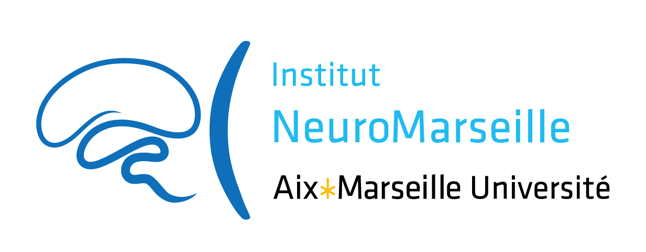Infrared neuroglial modulation of spinal locomotor networks
Résumé
Infrared neural stimulation (INS) emerges as a promising tool for stimulating the nervous system by its high spatial precision and absence of the use of exogenous agents into the tissue, which led to the first successful proof of concept in human brain. While neural networks have been the focal point of INS research, this technique is also non cell type specific as it triggers activity in non electrically excitable cells. Despite increasing interest, there remains to demonstrate well defined simultaneous astrocytic and neuronal signals in response to INS. Using calcium imaging, we show that INS has the capacity to initiate calcium signaling in both astrocytes and neurons simultaneously from the rostral lumbar spinal cord, each exhibiting distinct temporal and amplitude characteristics. Importantly, the mechanism underlying infrared-induced neuronal and astrocytic calcium signaling differ, with neuronal activity relying on sodium channels, whereas induced astrocytic signaling is predominantly influenced by extracellular calcium and TRPV4 channels. Furthermore, our findings demonstrate the frequency shift of neuronal calcium oscillations through infrared stimulation. By deepening our understanding in INS fundamentals, this technique holds great promise for advancing neuroscience, deepening our understanding of pathologies, and potentially paving the way for future clinical applications.
| Origine | Fichiers éditeurs autorisés sur une archive ouverte |
|---|---|
| licence |


